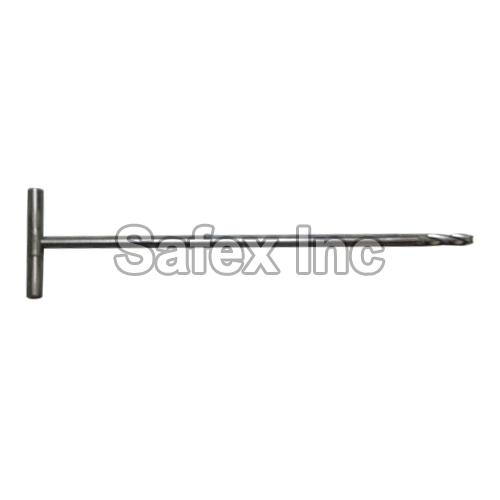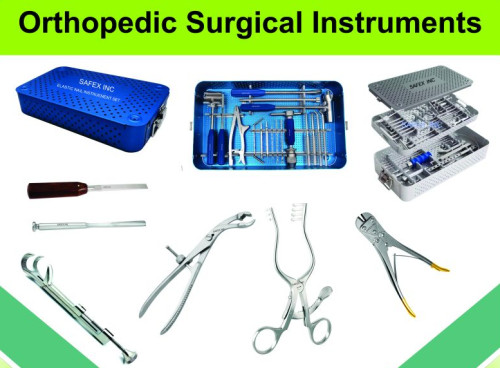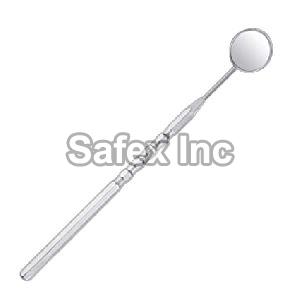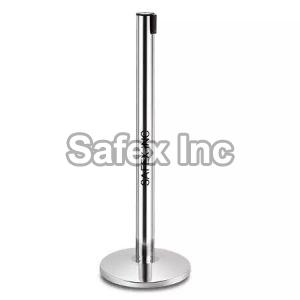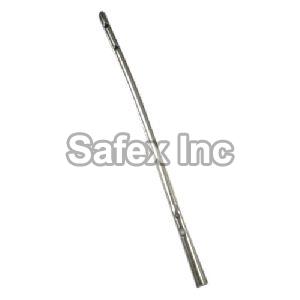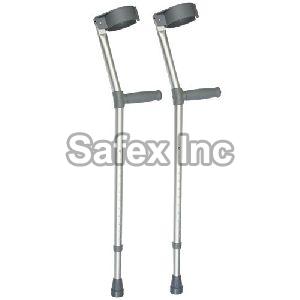Roshanara Road, Delhi
- GST NO. : 07AABFZ1852E1ZA
10 piece (MOQ)
Buy Now| Business Type | Manufacturer, Exporter, Supplier, Retailer, Wholesaler, Trader, Distributor, Importer, Buying House |
| Brand Name | SAFEX INCs |
| Material | Stainless Steel |
| Surface Finishing | Coated |
| Click to view more | |
Preferred Buyer From
| Location | Worldwide |
Product Details
SAFEX INCs Orthopedic reamers are surgical instruments used in orthopedic procedures to prepare and shape bone for the placement of implants, such as screws, nails, or prosthetic components. Reaming is the process of enlarging a bone canal or cavity to achieve a desired size and shape for implantation. Orthopedic reamers come in various types and sizes, and they play a crucial role in procedures like joint replacements, fracture fixation, and other orthopedic surgeries.
Here are some common types of orthopedic reamers:
-
Reaming Systems:
- Orthopedic Reaming Systems: These systems typically include a range of reamers in various sizes, along with compatible handles and attachments for use with power tools or manually.
-
Cannulated Reamers:
- Cannulated Reamers: These reamers have a hollow center, allowing them to be used over a guide wire. Cannulated reamers are often used in procedures that require precise placement, such as intramedullary nailing.
-
Flexible Reamers:
- Flexible Reamers: Designed to navigate through curves or tight spaces, these reamers are useful in anatomical areas where flexibility is required.
-
Universal Reamers:
- Universal Reamers: These are versatile reamers designed for general use across a variety of orthopedic procedures. They may be adjustable or available in a range of sizes.
-
Antegrade and Retrograde Reamers:
- Antegrade Reamers: Used in procedures where reaming is performed in the same direction as the normal anatomical alignment.
- Retrograde Reamers: Used when reaming is done in the opposite direction to the normal anatomical alignment.
-
Reamers for Specific Procedures:
- Hip Reamers: Designed for use in hip arthroplasty procedures, including total hip replacement.
- Knee Reamers: Used in knee arthroplasty procedures, including total knee replacement.
- Shoulder Reamers: Designed for use in shoulder arthroplasty procedures.
-
Pedicle Reamers:
- Pedicle Reamers: Specifically designed for use in spinal surgeries, particularly in the preparation of the vertebral pedicles for the placement of pedicle screws.
-
Arthroscopic Reamers:
- Arthroscopic Reamers: Used in arthroscopic procedures to prepare bone surfaces or remove damaged tissue within a joint.
It's important to note that the use of orthopedic reamers requires specialized training and expertise. Surgeons carefully select the appropriate reamers based on the specific surgical procedure, patient anatomy, and the type of implant being used. The goal is to achieve proper sizing and preparation of the bone to ensure optimal implant fit and stability.
As with any surgical instrument, orthopedic reamers are subject to strict sterilization protocols to maintain aseptic conditions in the operating room. These instruments play a critical role in achieving successful outcomes in orthopedic surgeries
Looking for "Orthopedic Reamers" ?
Explore More Products

